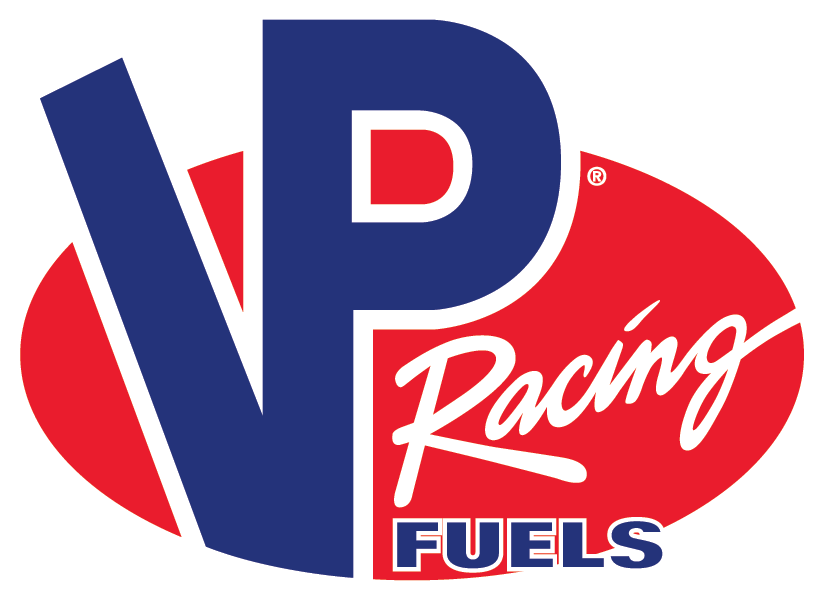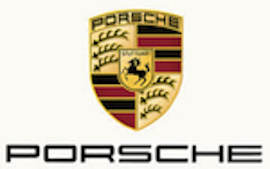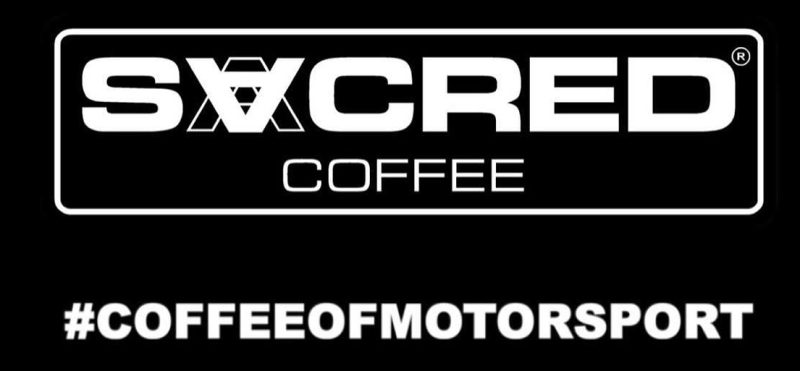“Alfred Neubauer had been sniffing around the post war race scene for over a year with his elite retinue of note takers when word reached Coventry that the Germans were back in France. They had seen the Alfettas and decided that their 1.5 liter Tripoli GP-killer of 1939 wasn’t up to a full season of F1 as ALFA Romeo’s challenger. So they decided to resuscitate the rennabteilung with a little sports car racing.
By the summer of ’52 that most German marque, Mercedes-Benz, under the direction of Herr Neubauer, had created a stunning trio of futuristic three-liter straight-six 300SL coupes, complete with gull-wing doors. This news worried certain people in Coventry when they read what Stirling Moss had to say. They reacted with a last-minute flurry of drafting assignments.
The new streamliner bodywork for the factory C-Types created small pockets of haste in which trouble always seems to gestate. The most egregious problems infected engine cooling. When Hermann Lang destroyed Moss’ ’51 lap record by six seconds during early practice, Jaguar’s fears seemed more than justified. When Alberto Ascari lapped his Ferrari 2.9 just one-tenth slower than Lang the mood at camp Coventry became even grayer.
Briggs Cunningham had also brought new cars to the Sarthe: two C4R Chrysler Hemi-powered roadsters and a stunning C4RK coupe. The huge coupe wore abbreviated bodywork influenced by Prof. Kamm (hence the “K” suffix) whose theories had influenced the abbreviated tails of Boeing’s WWII-era B-17.
Ferrari was still smarting over the thorough whipping they had received from Jaguar in 1951. This in spite of Froilan Gonzalez’s forceful win in the ’51 British GP that gave Ferrari their first World Championship F1 victory and broke Alfa’s stranglehold on Grand Prix racing. Modena sent a new three-liter car for GP aces Ascari and Villoresi.
The aging Talbot 4.5 liter F1 cars that had been masquerading as sports cars with extraordinary success had won Le Mans in 1950 but were looking decidedly pre-war by 1952. But there were four of them in the 20 French entries for ’52 Vingt Quatre. Amedee Gordini had lost his deal with Simca and entered a pair of 2.3 liter cars with his own six-cylinder engine. The little blue cars had been the surprise sensation of the Monaco Grand Prix that had shed its F1 status in ’52 in favor of a sports car format.
It was the most robust and international field ever presented to the ACO with serious front line entries from England, France, Germany, Italy and the U.S. None of them were gunning for anything but an overall win.
Even though they had been dogged by cooling problems in practice the three C-Type Jaguars were the favorites when the 57 starters — half of them coupes — lined up with their noses aimed at the Dunlop Bridge. The Le Mans “grand prix” broke out right on schedule at 4:00 o’clock with frantic passing and re-passing on the RN 158 known for a week each June as Hunaudieres to the natives and the “Mulsanne straight” to the vast legion of English-speakers who made the holy solstice pilgrimage.
The first lap of the “grand prix of Le Mans” was won by Phil Walters in the Kamm-tail C4RK Cunningham, but just a heartbeat ahead of Moss’ aero C-Type. Ascari and Andre Simon got their Ferraris ahead of Moss on the second lap. Four more laps and Moss was back in second, Simon demoted to third in the blue French 4.1 Ferrari and Ascari’s properly red 2.9 was in the pits with whispers of clutch trouble. The fix, such as it was, took over three laps to effect and Ascari returned gingerly to the fight.
Neubauer had his 300SL holding station outside the main battle, content to let hormones and egos of the Latins do the hard work for him. He set his lads a strict pace and team leader Lang knew his role required discipline and speed. No matter, the speed part had always been easy for Lang.
The first Jaguar pit stop came early. Ian Stewart stopped the #19 C-Type just after 4:00 o’clock – way off schedule — for a chat with team manager “Lofty” England. It was brief and a bit dour. An hour later Tony Rolt pitted the #18 C-Type which did nothing to improve England’s mood. Tony was back two laps later. When the mechanics removed the grill the game was up. A plug change didn’t help either and there were knowing looks and long faces at Jaguar. By 7:00 p.m. all three C-Types were in the dead car park with overheating problems and little cockpit tonneaus firmly in place. Coventry had outsmarted itself.
Before Ascari’s 2.9 Ferrari joined the Jaguars in the dead car park he nailed the lap record at an eye-popping 107.59 mph. This left the Jean Behra/Robert Manzon Gordini out front to the huge delight of the partisan crowd who were pleased that one of “their” cars was leading both the overall and on Index. A lap back lurked a mob of potential winners: the Karl Kling and Hans Klenk on the same lap as the John Fitch C4R roadster he shared with George Rice, the blue 4.1 Ferrari coupe of Louis Rosier and Maurice Trintignant, the #22 300SLR of Helfrich and Niedermayer and the 4.5 Talbot streamliner of Pierre Levegh.
Cunningham’s problems were self inflicted and mechanical. Duane Carter put the C4R he shared with Phil Walters on the beach at Tertre Rouge and spent a half hour digging his way to freedom; only to DNF with a bad transmission before midnight. In the first hour of Sunday even Mercedes was visited by small gremlins. Just after the number-two Cunningham quit the Karl Kling 300SL that had gotten as high as second place left the race with a dead generator. His teammates were well placed; two laps down to the amazing little Behra/Manzon Gordini and just a lap behind the number-eight Talbot with Pierre Levegh still at the wheel while his anointed co-driver Rene Marchan haunted the pits waiting for his turn.
The British were all but shut out. French cars led one-two in the overall and the Index, the Italians had the two-liter class in hand and the Porsche was in charge of the 1500 cc category.
Zora Arkus-Duntov had the most exciting interlude of the evening when a leaking brake line sent him on a thrill ride at Mulsanne. With no brakes and the right angle turn looming all too quickly, Duntov sailed down the RN 158 on his way to Tours. He scattered and splintered barriers and a small clot of the gendarmerie who, tradition dictates, loiter and posture in the Mulsanne escape road. The great engineer calmly returned the big Allard to the course, drove to the pits, supervised repairs and rejoined the race. Despite his heroic efforts the Allard retired just after dawn with more stubborn brake problems.
The gallant Gordini of Behra and Manzon came to grief just before the half-way point. The front brakes were gone and beyond repair. It took Levegh no time worth mentioning to assume the lead. By that time he had been at the wheel for over 12 hours. The final car in the top ten was Cunningham’s number-one C4R, and, like Levegh, Briggs had been at driving since 4:00 p.m. Saturday. In the hour before dawn he moved farther up the order. At noon he was seventh and still closing when he finally turned the big Hemi over to Bill Spear and went for a well earned nap.
But the crowd had become invested in the idea of Levegh’s heroic opus. By the halfway mark he led not for Talbot but for la belle France. In fact French cars had been out front practically without pause since 6:00 o’clock Saturday. And now they had a chance for a French hero to single-handedly defeat Mercedes-Benz on the sacred soil of France.
Attrition peeled away cars relentlessly until just a dozen and a half remained, all led by Levegh. Or, perhaps, allowed to lead. Neubauer had a firm grip on the pace of his silver twins running a stalking race, second and third. By 2:00 p.m. Levegh was operating not on intellect, but instinct, managing his race from the seat of the leading car. His behavior was instructive to rule writers and team managers. Neubauer taunted Levegh by speeding up one of his coupes to gauge Levegh’s reaction. Then he promptly reigned it in to the planned pace again.
Just 12 minutes before 3:00 o’clock Levegh became a groggy pedestrian. The course car was sent to White House to retrieve him. The 4.5 Talbot had a pre-select transmission and the legend and lore surrounding that crystal moment claims that Levegh, in the fog of fatigue, chose second gear when he wanted fourth. Either way the engine howled a brief protest and burned a bearing.
Levegh returned to the pits as Othello, and embraced Le Mans co-founder Charles Faroux. Save droning exhausts there was total silence.
At 4:00 p.m., there was polite applause for the winning Mercedes duo. It was the first for a German car at the Sarthe, won through calm, dispassionate management, impeccable engineering and, when necessary, managed pace. And it was Hermann Lang’s final victory, all run at record speed for a stunned record crowd. The first British car across was A Frazier-Nash, fourth overall just ahead of the C4R of Cunningham and Bill Spear. The first French car home was ninth. Germany had finally won Le Mans.”














